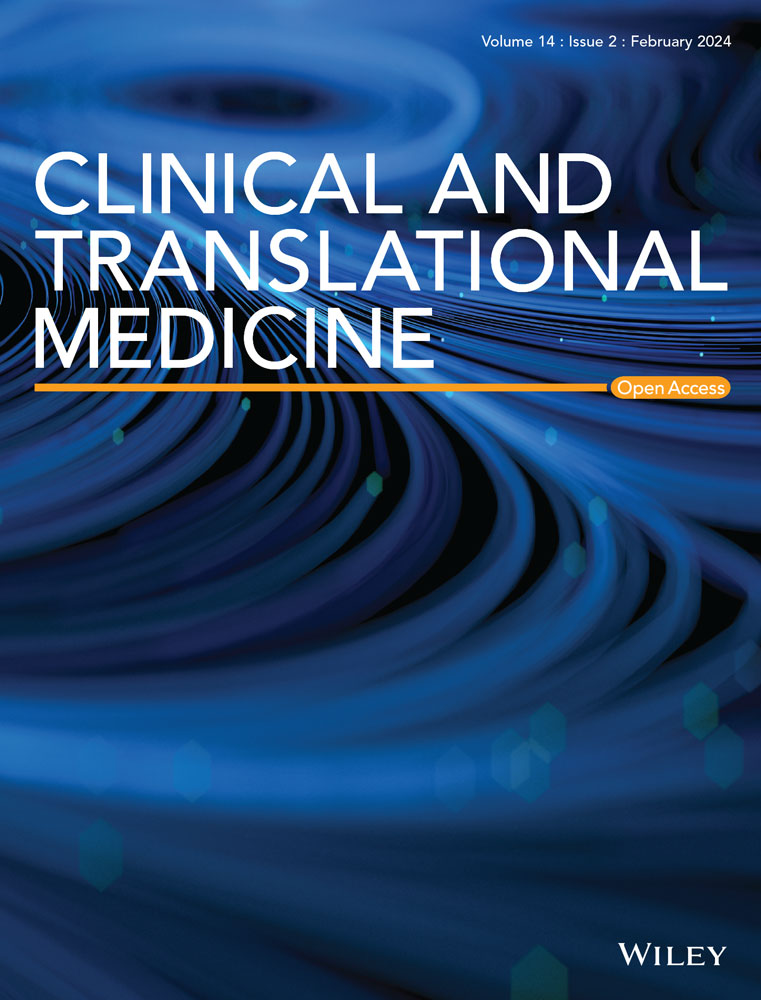CRISPR-driven diagnostics: Molecular mechanisms, clinical efficacy and translational challenges
Abstract
Background
In the realm of public health, among the primary perils menacing human well-being, the issue of pathogen infection persists as a significant concern. Precise and timely diagnosis of diseases constitutes the bedrock for effective therapeutic interventions and epidemiological monitoring. Hence, it is crucial to develop quick, sensitive, and highly effective methods for identifying pathogen and their variants.
Material and methods
This article reviews the recent research progress in the CRISPR/Cas system for detecting nucleic acids, with an emphasis on CRISPR/Cas9, CRISPR/Cas12, and CRISPR/Cas13. Initially, we provided a concise overview of the nucleic acid detection mechanism utilizing the CRISPR/Cas system. Subsequently, we dissect the molecular mechanisms of CRISPR tools, compare their clinical efficacy against traditional methods, and explore frontier innovations such as amplification-free detection and AI integration.
Conclusion
Ultimately, we argue that CRISPR diagnostics must evolve beyond technical optimization to embrace ecological adaptability, ensuring that precision medicine serves as a bridge-rather than a barrier-to global health equity.
Key points
- Core Mechanism: Explains the molecular basis of CRISPR-Cas (Cas9, Cas12, Cas13) for nucleic acid detection, leveraging crRNA-guided targeting and trans-cleavage activity for ultra-sensitive (aM level) and specific pathogen identification.
- Superior Performance: Outperforms traditional methods in speed, sensitivity, and cost, making it ideal for point-of-care use in resource-limited settings.
- Cutting-Edge Innovations: Covers key advances like amplification-free detection, portable device integration, and multiplex platforms.
- Translation Challenges: Discusses hurdles in clinical adoption, including inhibitor interference in complex samples, scalability limitations, the need for multi-center clinical data, and varying regional regulations.
- Future Outlook: Highlights emerging directions such as integrated “sample-to-result” systems and AI integration, while also addressing associated biosafety and ethical concerns, calling for robust regulatory frameworks.


 求助内容:
求助内容: 应助结果提醒方式:
应助结果提醒方式:


